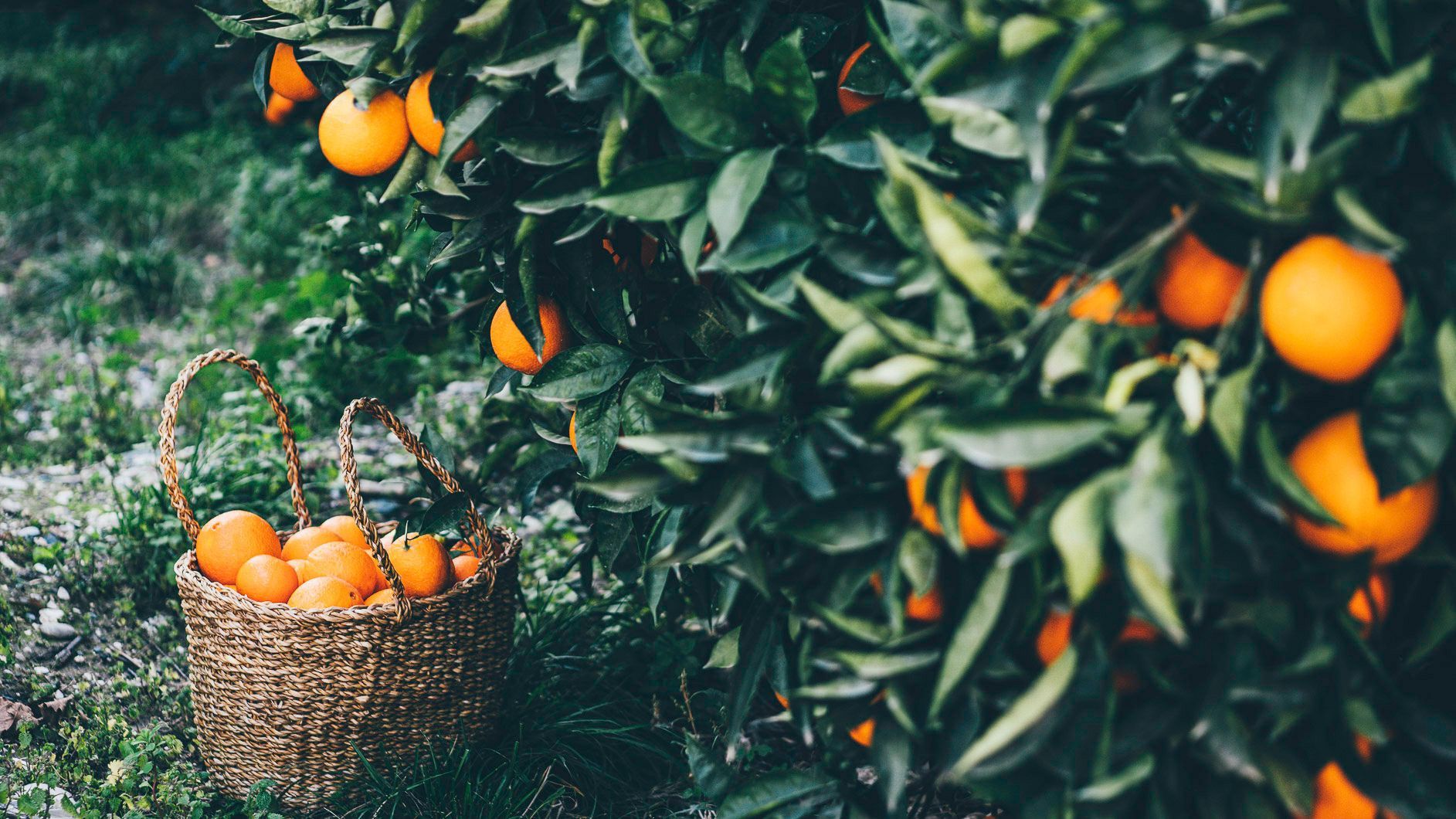Technology has made its mark on virtually every industry, allowing for more streamlined systems, improved quality and an increase in the pace of production. So it was only a matter of time before such advancements were embraced by the wine industry. Though winemaking is a process often associated with age-old practices, the industry has come a long way in recent years when it comes to implementing modern technology to help it deal with modern day challenges. From needing to adapt to drought and bushfires, to developing better pest control measures, the country’s $40 billion wine economy has well and truly begun its foray into the world of tech.
Here are four ways cutting-edge technology is helping winemakers make the most of their crops and keep the county’s wine racks stocked with a high-quality drop.
Irrigation Management
As Australia’s climate becomes increasingly hotter and drier, grape growers are needing to develop more efficient and effective ways to manage their irrigation. This has seen drone technology become increasingly utilised within the industry, which saves growers time, money and precious water.
Multi-spectral and thermal infrared cameras mounted on drones can pick up signs on the vines themselves that indicate their water status, by taking detailed pictures as they fly overhead. These signals are not visible with normal cameras and better allow growers to determine if the plants are water stressed or not. This improved accuracy allows winemakers to use their water and fertiliser supplies more efficiently.
Assessing smoke contamination
Though the concept of smoke contamination is not new, it was an issue particularly highlighted in the summer of 2019/2020 that saw bushfires rip through large and significant wine making regions in Australia. This was a concerning time for winemakers who had lost vines due to direct exposure to the fires, as well as those vineyards that were located close by that were exposed to extreme smoke and therefore vulnerable to smoke taint. If grapes are exposed to smoke in the later stages of the growing season, they can absorb compounds from the burnt wood that produce undesirable, “ashy” flavours in the resulting wine, making it unsaleable.
Previously, the most common method for determining smoke taint was time-consuming and expensive laboratory tests, which used ‘sentinel plants’ around the vineyard that would undergo testing, however this is not a completely accurate method as it does not consider the spatial variability of contamination. However an increasing number of winemakers and agriculturalists are beginning to harness the power of thermal infrared imagery to better and more quickly identify smoke taint when it occurs.
According to Dr Sigfredo Fuentes , a plant physiologist and agronomist at the University of Melbourne, smoke contamination disrupts the vines’ temperature, so measuring its thermal pattern and analysing it through machine-learning models allows winemakers to determine which plants have actually been affected by a bushfire. This allows growers to make informed decisions when harvesting their grapes to avoid contamination and get the most from their harvest.
Determining the best time for harvest
A traditional way that winemakers have determined when to harvest their grapes has been to go into the field and taste them, or else chemically test them for sugar content, which will be transformed into alcohol during the winemaking process. But recent research from Adelaide has shown the best way to assess whether a grape is ready to become wine is to actually look at the pattern of cell death within the fruit.
Though this might not be as romantic as walking through the vineyard and sampling grapes, by monitoring the grapes with near-infrared light wavelengths, vineyard owners are able to see when each fruit is ready for harvest to create the best-tasting wine.
Yield and quantity predictions
Yield information is crucial when it comes to helping vineyard owners better plan everything from staffing levels to productions costs and allocation of resources for the season. However, there are several variables to account for, including weather, water and fertiliser management, which will all affect the yield. Expecting vines to offer the same bounty year-on-year would be futile and it’s notoriously difficult to reliably predict how a crop will perform.
Once again, sentinel plants have been most commonly used to aid in yield predictions, with growers using them as a measure of factors like canopy growth, bunches per plant, berries per bunch and weight of berries and then extrapolate that out to the whole field. Unfortunately, this only results in 60 or 70 percent accuracy most of the time.
Now, agronomists are beginning to utilise big data and machine learning to predict seasonal yield faster and with an expected accuracy of around 80 – 90 percent. By programming historic vineyard data, such as soil data, meteorological information and actual yields per season, into machine learning models, it is possible to predict the yield from the coming season from early stages of growth. As a result, winemakers are better able to plan for the season, saving them from unnecessary costs and wasting resources.
If you’re an employer in the wine industry and are looking for quality staff, partner with a company that understands your unique needs and contact CozWine today.



